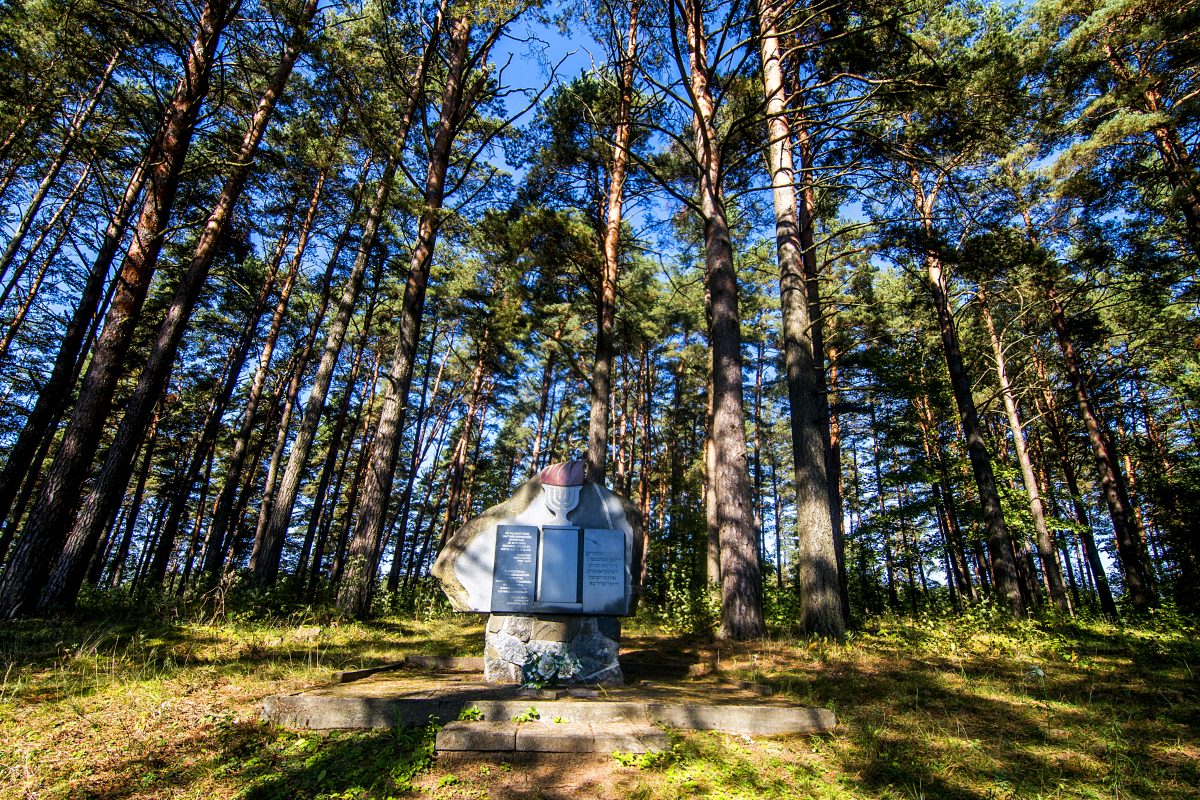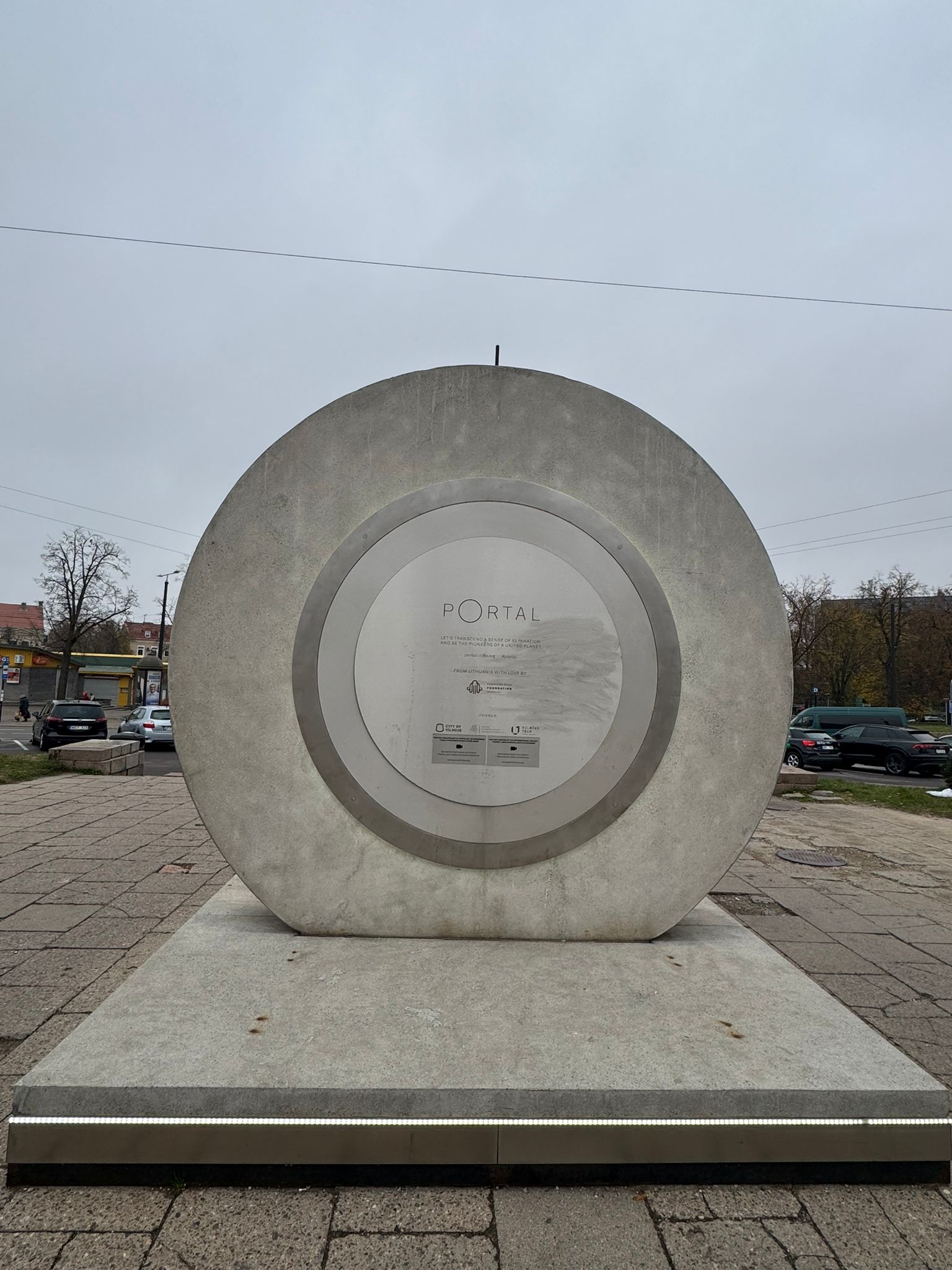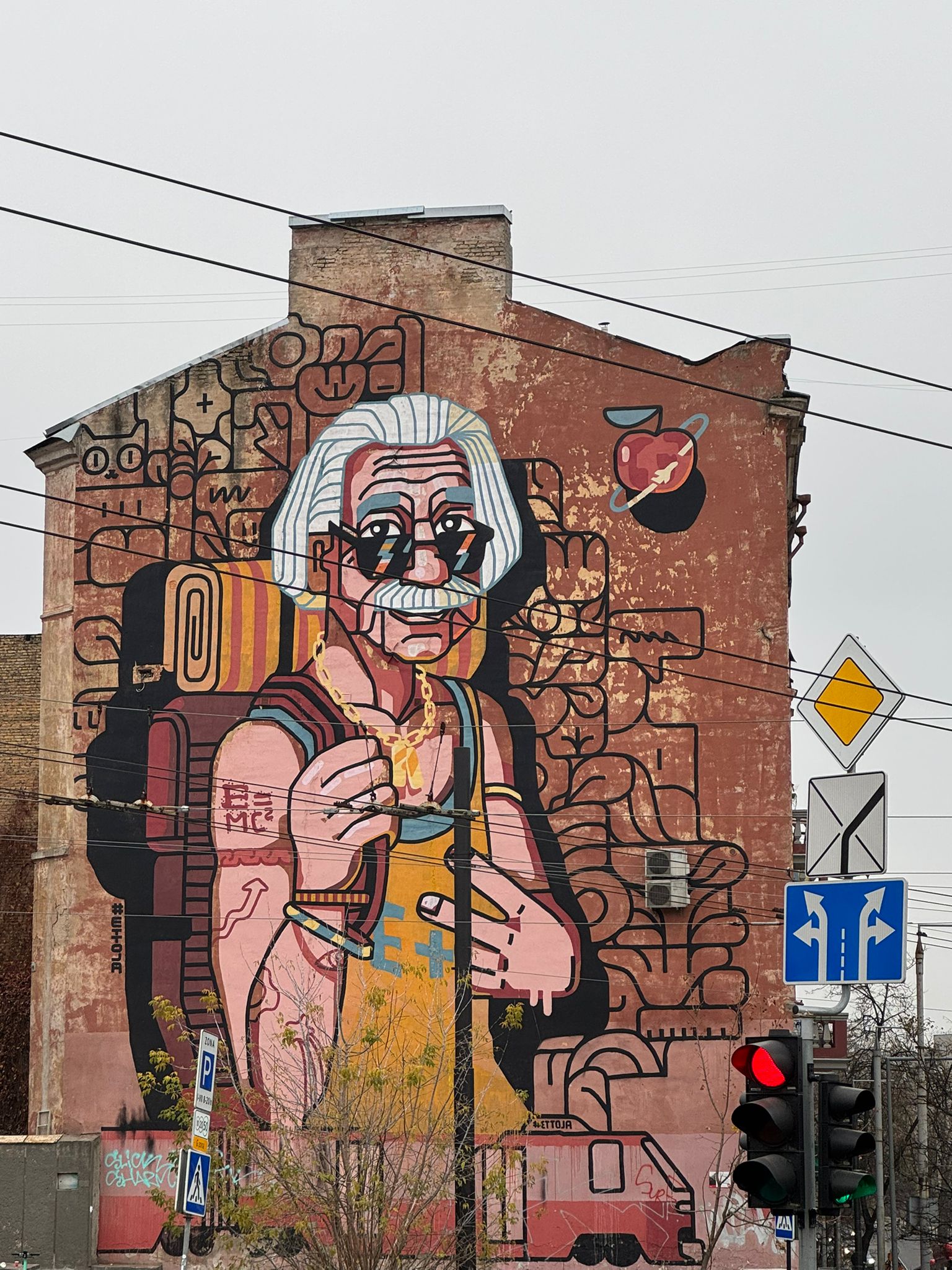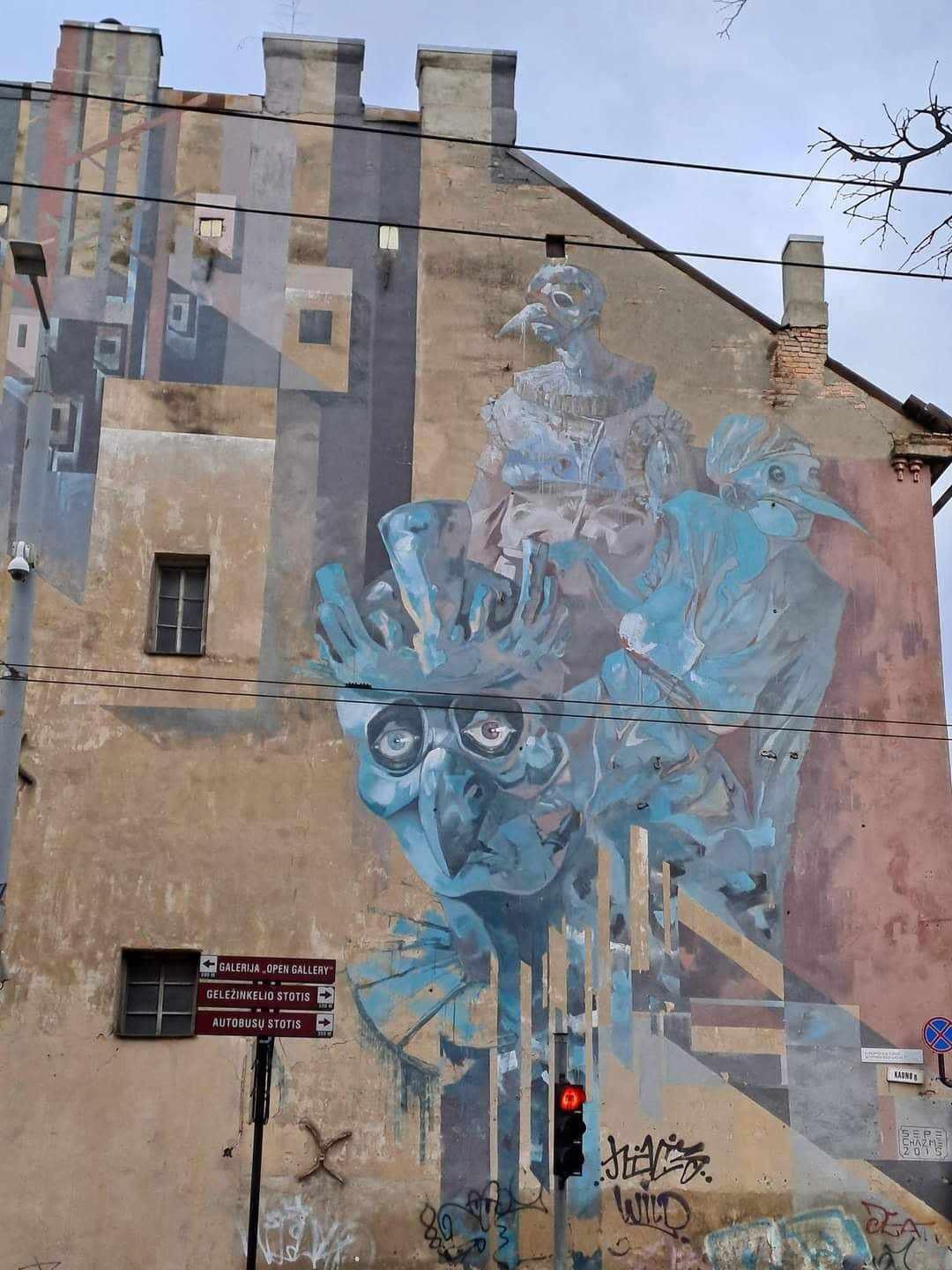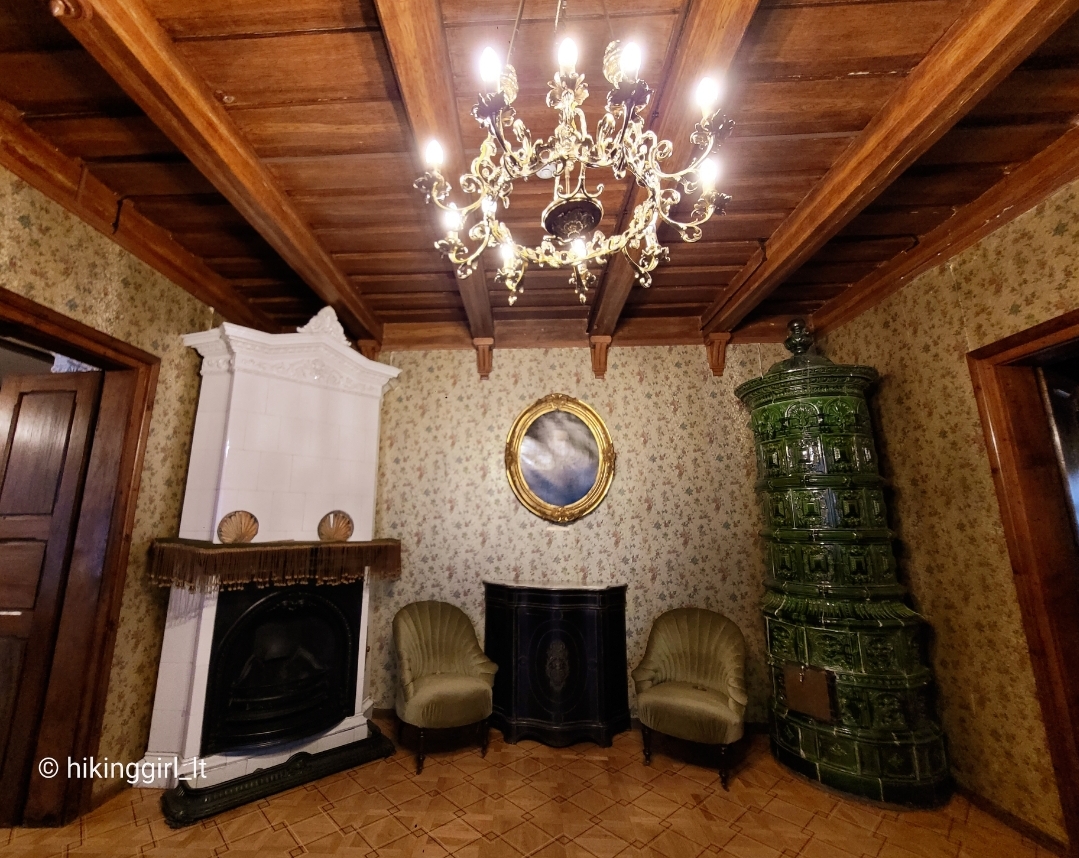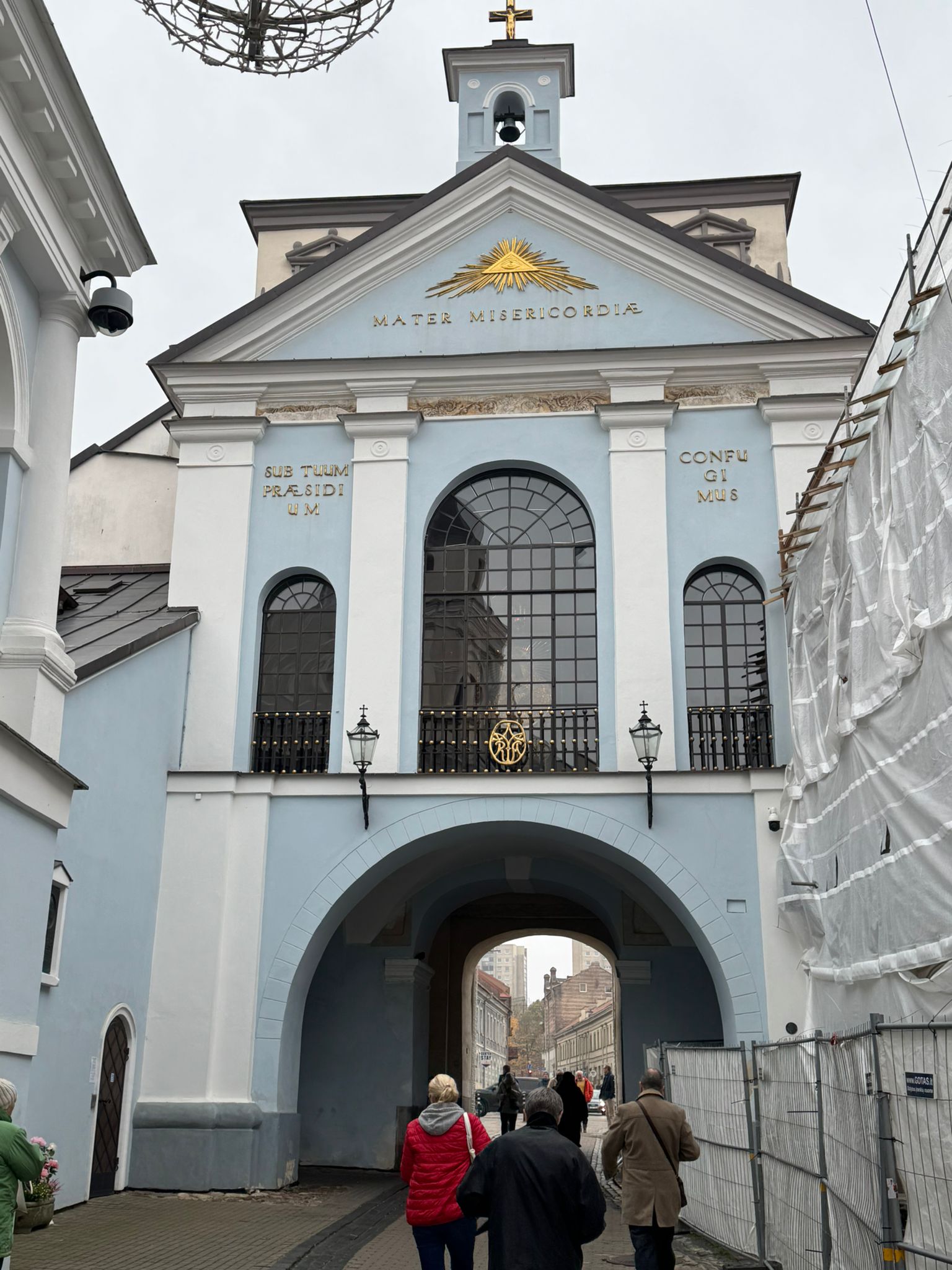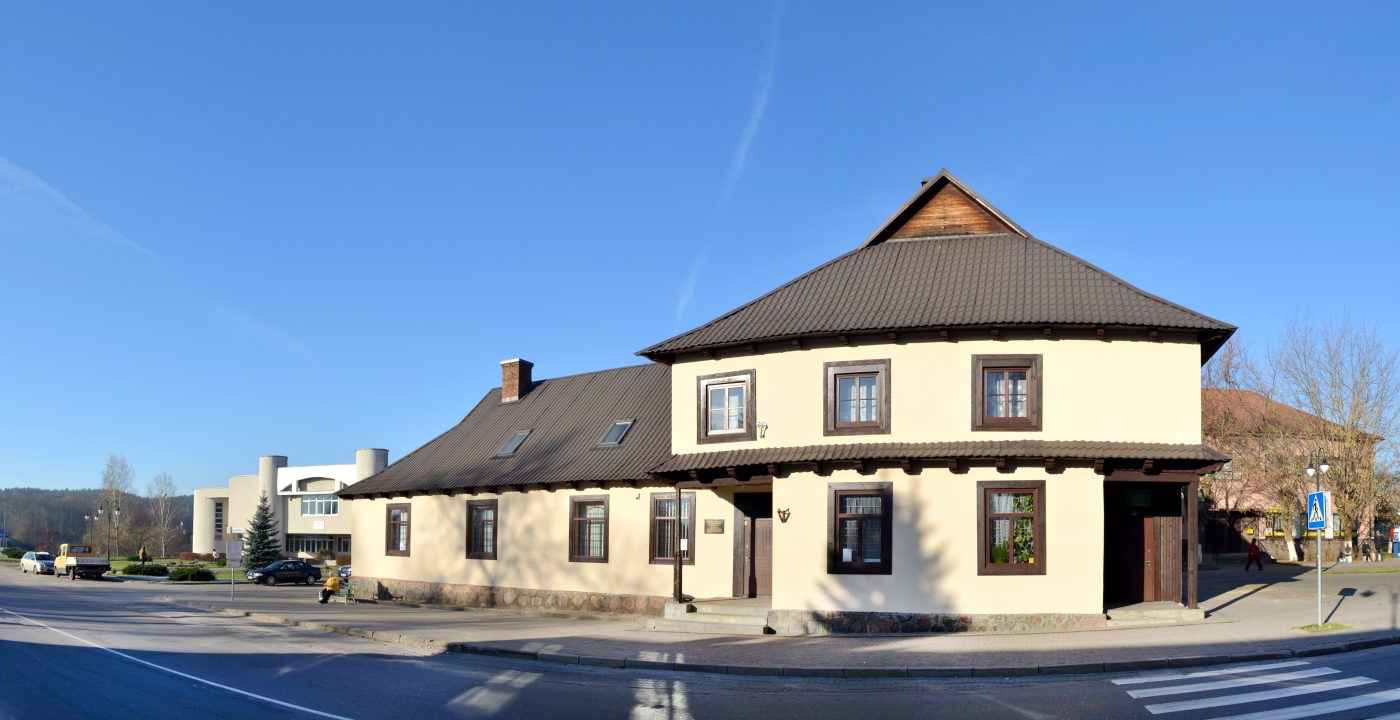Vilnius Region Ethnographic Museum

442

0

0
The Vilnius region is a cradle of intercultural dialogue and heritage. In Nemenčinė, one of the oldest settlements in Lithuania, history blends seamlessly with the present, forming a mosaic of colorful traditions and customs. Nestled by the Nemenčia River, the town of Nemenčinė serves as an attraction center, inviting visitors to explore the Vilnius Region Ethnographic Museum. Established in 2000, this institution is dedicated to preserving and promoting the cultural heritage of Lithuanians, Russians, Poles, Belarusians, and other ethnic groups.
Info
-

Museums
-
Nemenčinė
Whats new?
Nearby attractions
Nearest museums
Nearest entertainment
Nearest food establishments translate this into LT

 Entertainment
Entertainment
 Sightseeing
Sightseeing
 Food establishments
Food establishments







































